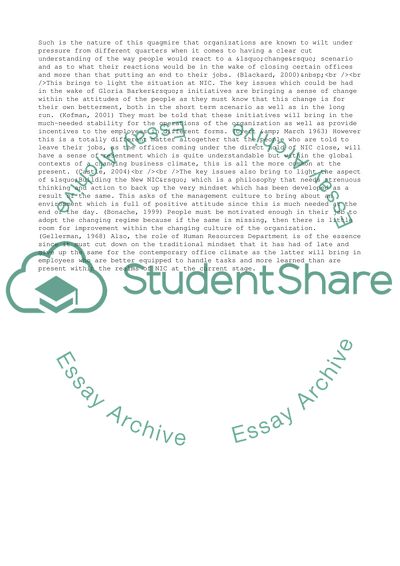Cite this document
(People in Organizations Assignment Example | Topics and Well Written Essays - 2500 words, n.d.)
People in Organizations Assignment Example | Topics and Well Written Essays - 2500 words. https://studentshare.org/management/1713654-people-in-organisations-assignment-2
People in Organizations Assignment Example | Topics and Well Written Essays - 2500 words. https://studentshare.org/management/1713654-people-in-organisations-assignment-2
(People in Organizations Assignment Example | Topics and Well Written Essays - 2500 Words)
People in Organizations Assignment Example | Topics and Well Written Essays - 2500 Words. https://studentshare.org/management/1713654-people-in-organisations-assignment-2.
People in Organizations Assignment Example | Topics and Well Written Essays - 2500 Words. https://studentshare.org/management/1713654-people-in-organisations-assignment-2.
“People in Organizations Assignment Example | Topics and Well Written Essays - 2500 Words”. https://studentshare.org/management/1713654-people-in-organisations-assignment-2.


